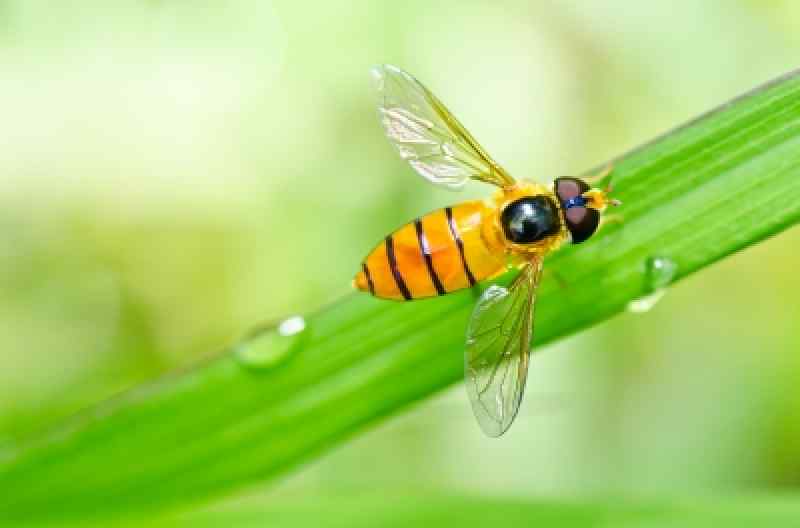Submitted by administrator on
According to a new study of the fruit fly visual system, vision may be less important to "seeing" than is the brain's ability to process points of light into complex images.
Researchers have found that the very simple eyes of fruit fly larvae, that have only 24 total photoreceptors ( we have more than 125 million), provide just enough light to allow the animal's brain to assemble that input into images.
This tells us that visual input may not be as important to sight as the brain working behind it. The brain is apparently able to compensate for the lower visual input which is amazing news.
A series of experiments were set up to test the vision of fruit fly larvae after interesting behavior of the animals during a different study of the nervous system were noted. When a larva was tethered to the bottom of a petri dish, others were attracted to it as it attempted to wiggle itself to freedom. They saw the writhing motion and were thereby attracted to it, willingly traveling toward it. After further experiments to test how they sensed the motion, the researchers learned that the almost blind animals likely were seeing the action, by wagging their heads side-to-side in a scanning motion rather than by only hearing it or feeling vibration or smelling the trapped larva. This was surprising because of the very simple and limited vision of fruit fly larvae.
The researchers noted that the head scanning plays an important role in helping the larvae bring together multiple visual inputs into a whole for their brain to process, which is similar to collecting together multiple pixels to form pictures. People with severe vision loss also tend to use head scanning to collect a "picture" from light sources that are low. Likewise, visually impaired people in receipt of retinal implants of just a small number of pixels also often scan their heads to take in enough light to form the mental images.
The fruit fly is serving as an excellent model for studying neurons as they only have about 20,000 of them, whereas we humans have about 100 billion. But there are many similarities as to how fruit fly and human neurons work.
Researchers are within a year of mapping the entire nervous system of the fruit flies, which then will pave the way for greater understanding of how neurons work in a range of organisms, including humans.

